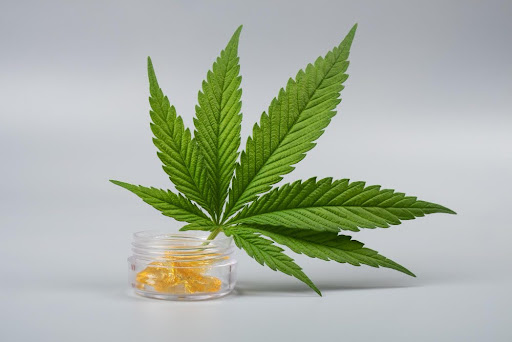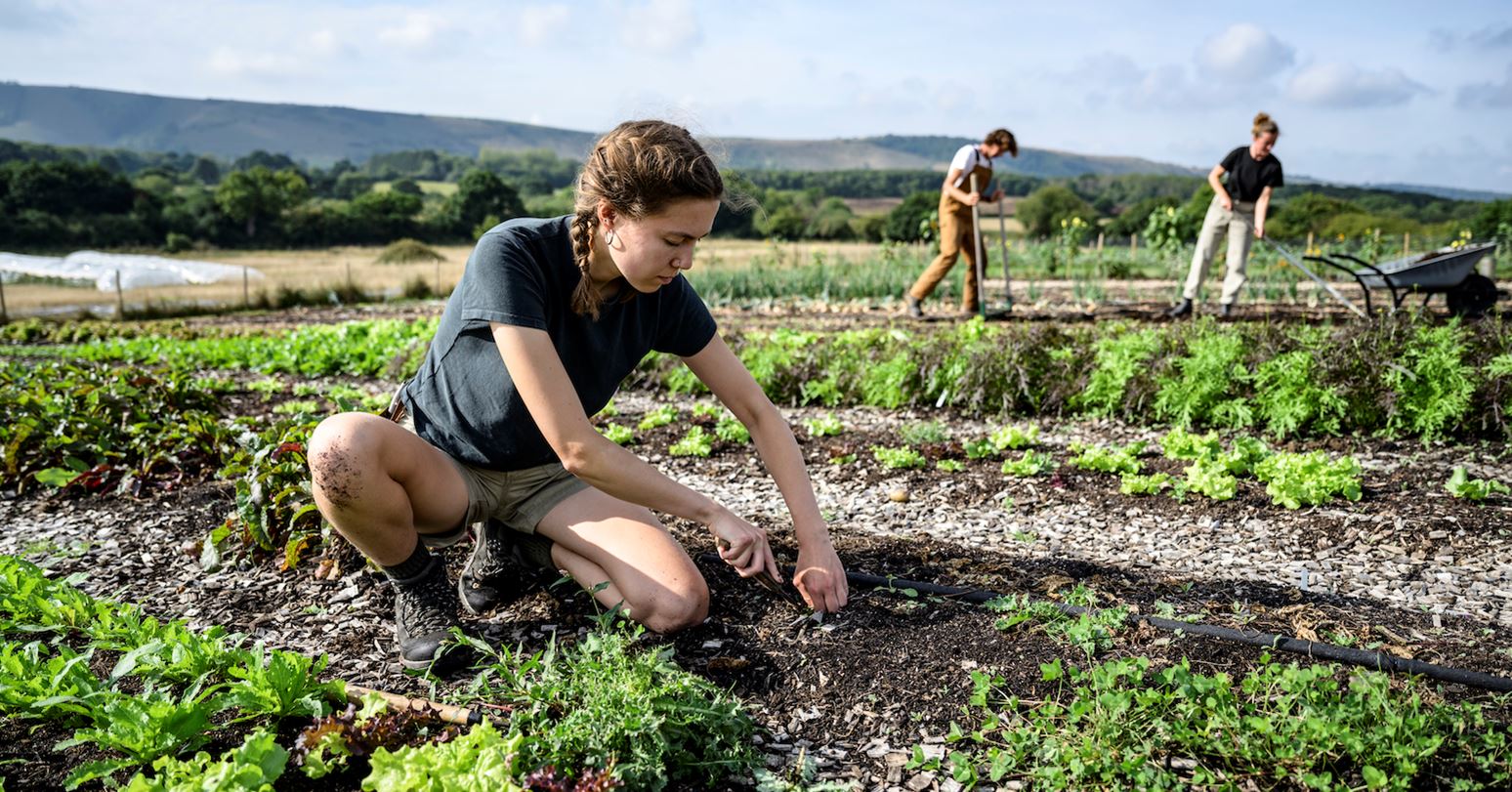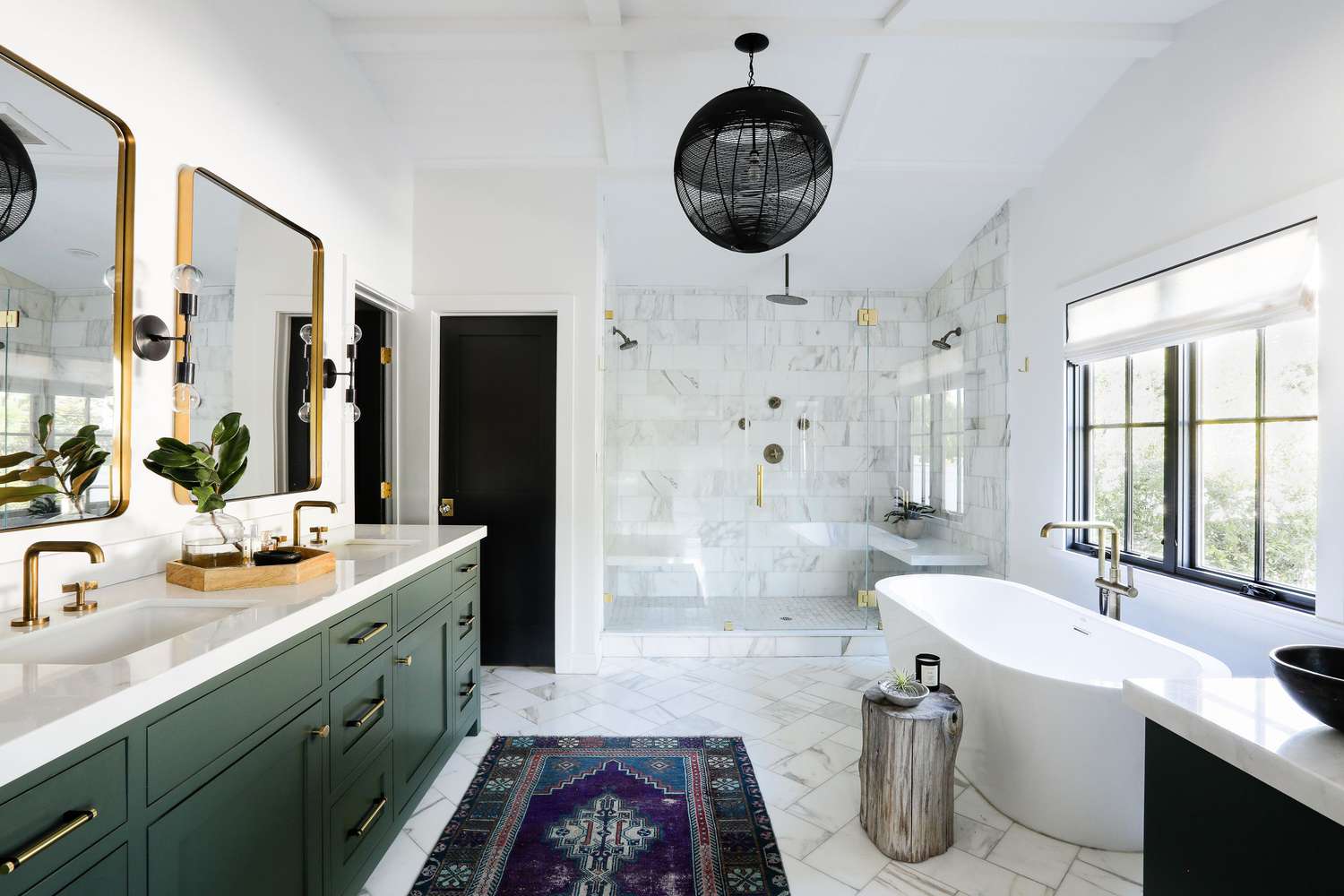How Much is Fake Grass?
How Much is Fake Grass? Fake grass, also known as artificial turf or synthetic grass, has gained immense popularity in recent years. Its lifelike appearance, low maintenance requirements, and environmental benefits have made it a compelling choice for homeowners, businesses, and even sports facilities. However, the cost of fake grass often remains shrouded in mystery, leaving many potential buyers unsure about their budget. This article aims to demystify the cost of fake grass, providing you with a comprehensive guide to help you make informed decisions.
Understanding the Price Range:

The upfront cost of fake grass can vary significantly, ranging from $2 to $19.75 per square foot. This wide range reflects the diversity of factors influencing the price, including:
- Material and quality: The type of fiber used in fake grass significantly impacts its price. Nylon fibers are the most durable and expensive, followed by polypropylene and polyethylene. Higher quality fibers offer a more natural look and feel, along with improved durability and resistance to wear and tear.
- Blade height and density: Fake grass with taller blades and higher density provides a fuller and more realistic appearance, but it also comes with a higher price tag.
- Pile height and weight: Pile height refers to the total height of the blades, while pile weight indicates the density of the fibers. Both factors influence the price, with denser and taller piles costing more.
- Drainage and backing: High-quality fake grass features a drainage system and backing material that improve durability and prevent waterlogging. These features add to the overall cost.
- Brand and warranty: Popular brands and those offering longer warranties often command higher prices.
Additional Costs:
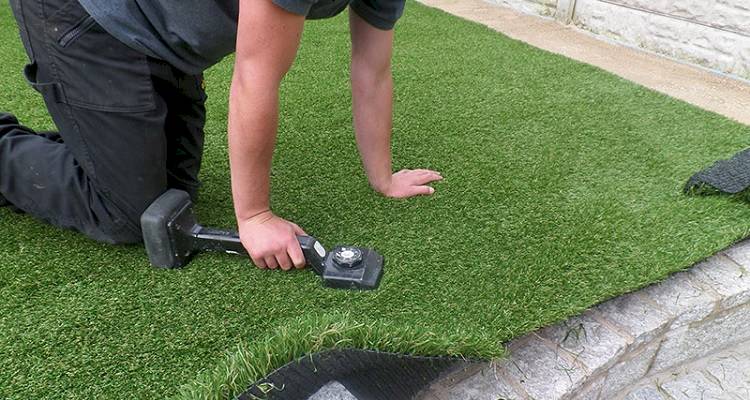
The total cost of fake grass installation extends beyond the material itself. Additional factors to consider include:
- Preparation: This involves removing existing grass, leveling the ground, and installing a base layer of stone dust or gravel.
- Installation: Professional installation is recommended for optimal results and ensures proper drainage and longevity.
- Infill: This material, usually sand or silica sand, helps the blades stand upright and provides a more natural feel.
- Seams and accessories: Joining multiple pieces of fake grass requires seams and accessories like edging and nails, adding to the cost.
Budgeting for your Needs:

Here are some tips for estimating your fake grass budget:
- Measure the area: Accurately measure the area you want to cover to determine the required amount of material.
- Choose your material: Decide on the desired quality and features based on your budget and intended use.
- Compare prices: Research different brands and online retailers to find the best prices for your chosen materials.
- Consider installation: Get quotes from professional installers in your area to factor in the labor cost.
- Allow for contingencies: Budget for unexpected expenses, such as additional materials or unforeseen site preparation needs.
Cost-Saving Tips:

There are ways to save on your fake grass project without compromising on quality:
- Buy in bulk: Larger projects often qualify for bulk discounts.
- Purchase during sales: Many vendors offer seasonal discounts and promotions.
- Consider DIY installation: If you are handy, you can potentially save on installation costs by tackling the project yourself.
- Choose a shorter blade length: Shorter blades are generally cheaper than taller ones.
- Opt for a lower pile density: Less dense fake grass is more affordable but might not look as realistic.
- Research alternative infill materials: Crushed rubber or recycled materials can be cheaper than sand.
Investing in Value:
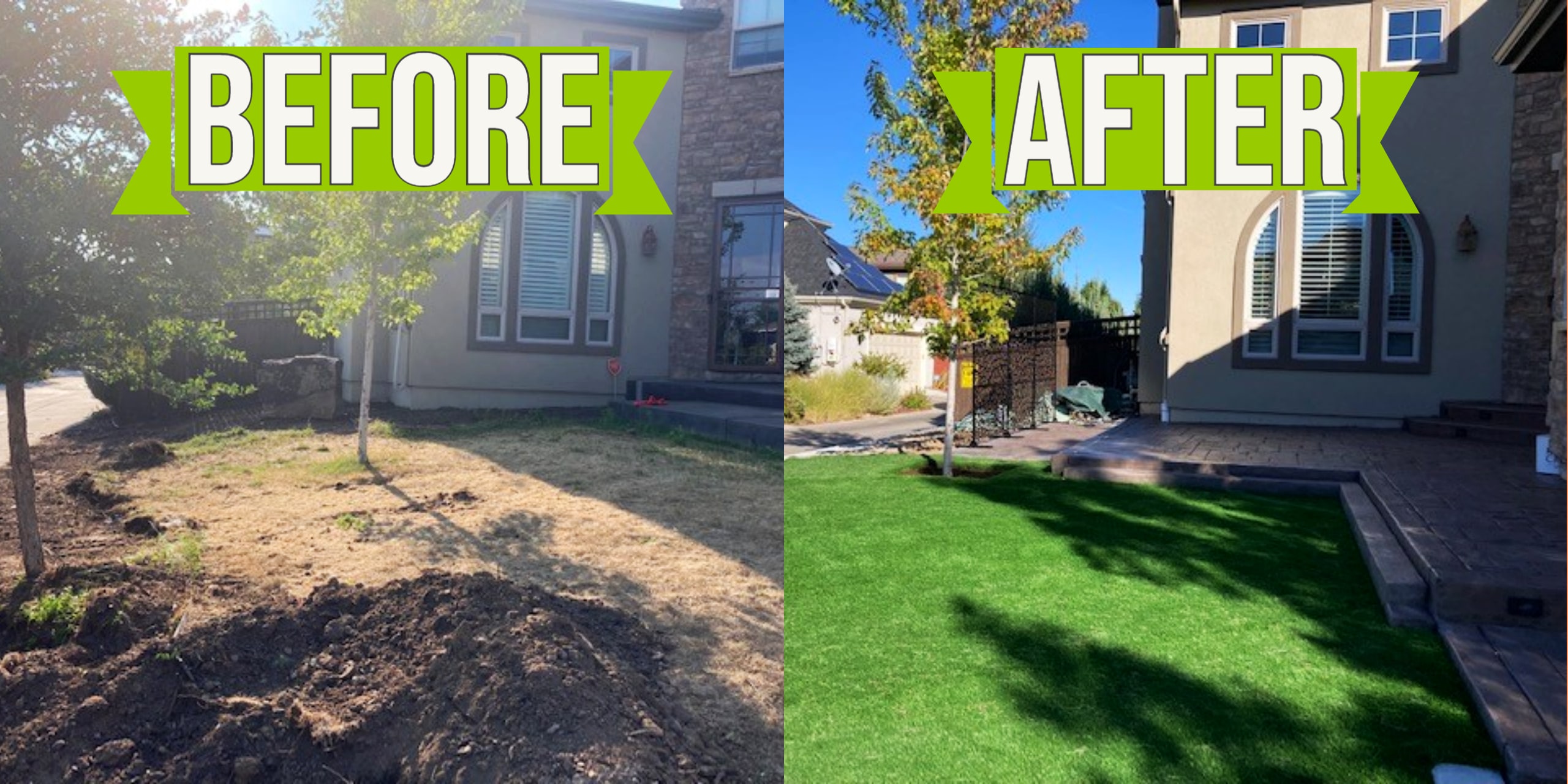
While fake grass can be a significant investment upfront, it offers long-term value and cost savings:
- Reduced maintenance: Unlike natural grass, fake grass requires minimal mowing, watering, and fertilizing, reducing time and money spent on lawn care.
- Increased water conservation: Fake grass significantly reduces water usage, making it an eco-friendly choice.
- Enhanced durability: High-quality fake grass can last for 15-20 years, requiring minimal maintenance and replacement over time.
- Improved drainage: Proper installation ensures optimal drainage, preventing waterlogging and damage to the underlying foundation.
Ultimately, the cost of fake grass depends on your specific needs and preferences. By understanding the factors influencing the price and considering cost-saving options, you can make an informed decision that aligns with your budget and long-term goals.
In Conclusion
Fake grass offers a multitude of benefits, from its low-maintenance nature and eco-friendliness to its aesthetic appeal and long-term durability. While the upfront cost can be substantial, it’s important to consider the long-term value proposition. By understanding the factors influencing the price, researching options, and budgeting effectively, you can make an informed decision that aligns with your financial goals and enhances your outdoor space for years to come. Whether you seek a lush green lawn for your home, a playing surface for your kids, or a pet-friendly area, fake grass can be a worthwhile investment that adds beauty, functionality, and environmental benefits to your property.




